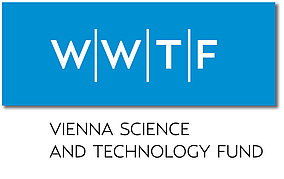


The ma in hypothesis of this project is that the extension in time – as an elongated perceptual experience with a pleasurable duration – is a constitutive indicator for the difference between the aesthetic experience and the common visual experience. We like to behold artworks longer and repeatedly, whereas in common perception longer times on stimuli lead to fast saturation, habituation and boredom. The project tests this theory and determines subjective and psychophysical measures of aestehtic experience and the main dimensions that influence its time course. This pioneering cognitive science project combines approaches from psychology and art history to develop a new theory with practical implications for museum design and educational issues.
in hypothesis of this project is that the extension in time – as an elongated perceptual experience with a pleasurable duration – is a constitutive indicator for the difference between the aesthetic experience and the common visual experience. We like to behold artworks longer and repeatedly, whereas in common perception longer times on stimuli lead to fast saturation, habituation and boredom. The project tests this theory and determines subjective and psychophysical measures of aestehtic experience and the main dimensions that influence its time course. This pioneering cognitive science project combines approaches from psychology and art history to develop a new theory with practical implications for museum design and educational issues.
This project is funded by the Vienna Science and Technology Fund ('Wiener Wissenschafts-, Forschungs- und Technologiefonds', ![]() WWTF) and scheduled for the period 03/2012-03/2015.
WWTF) and scheduled for the period 03/2012-03/2015.
